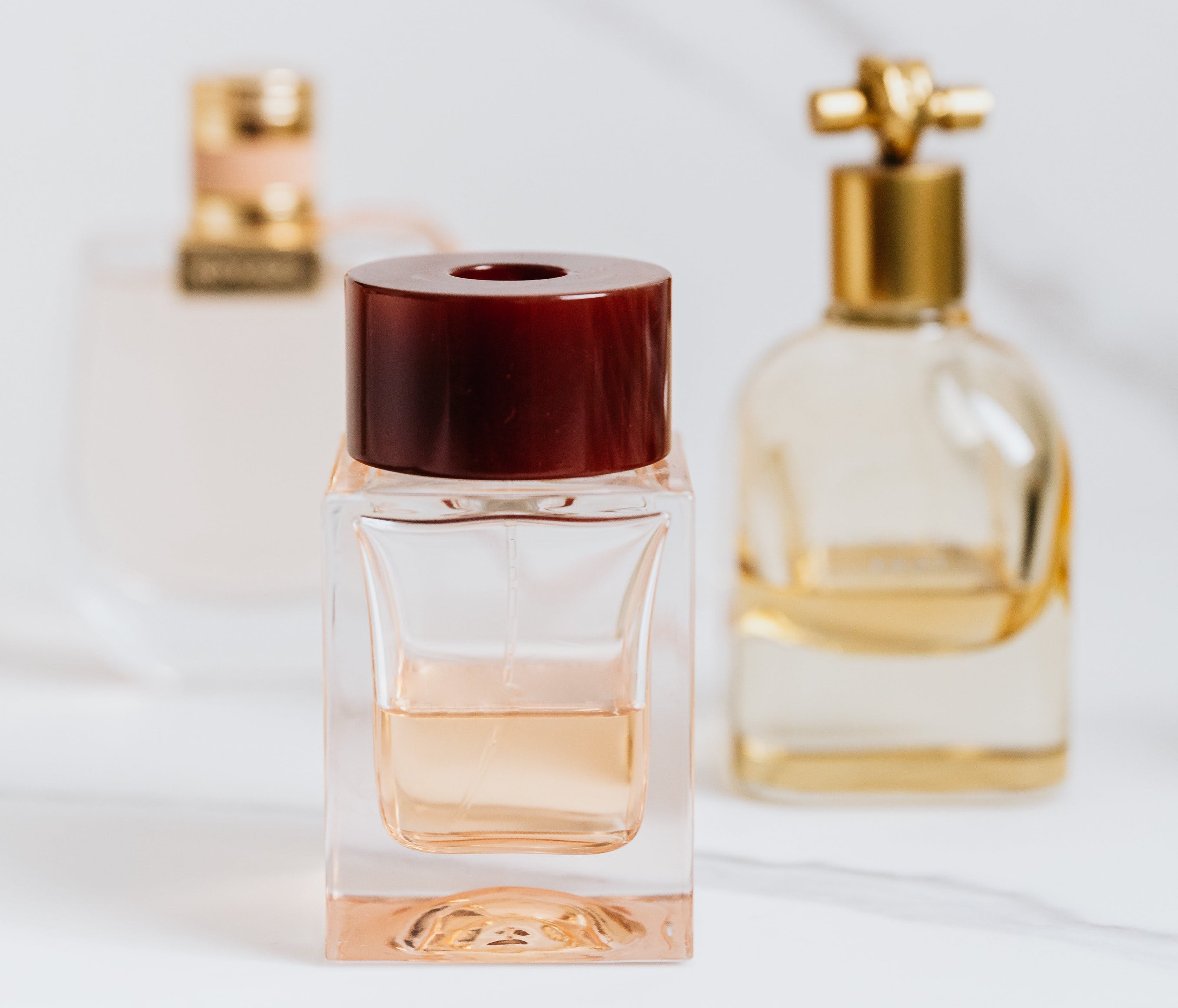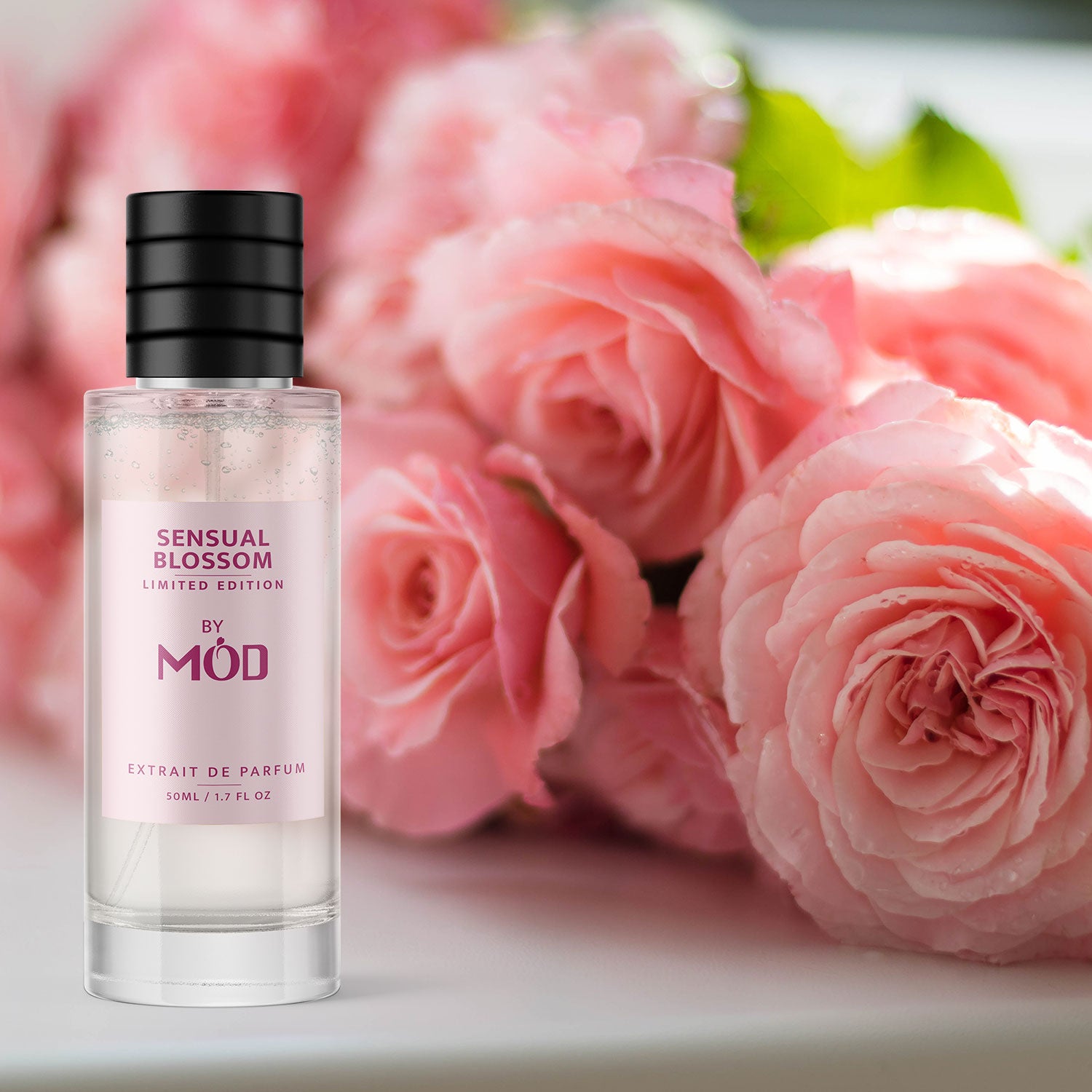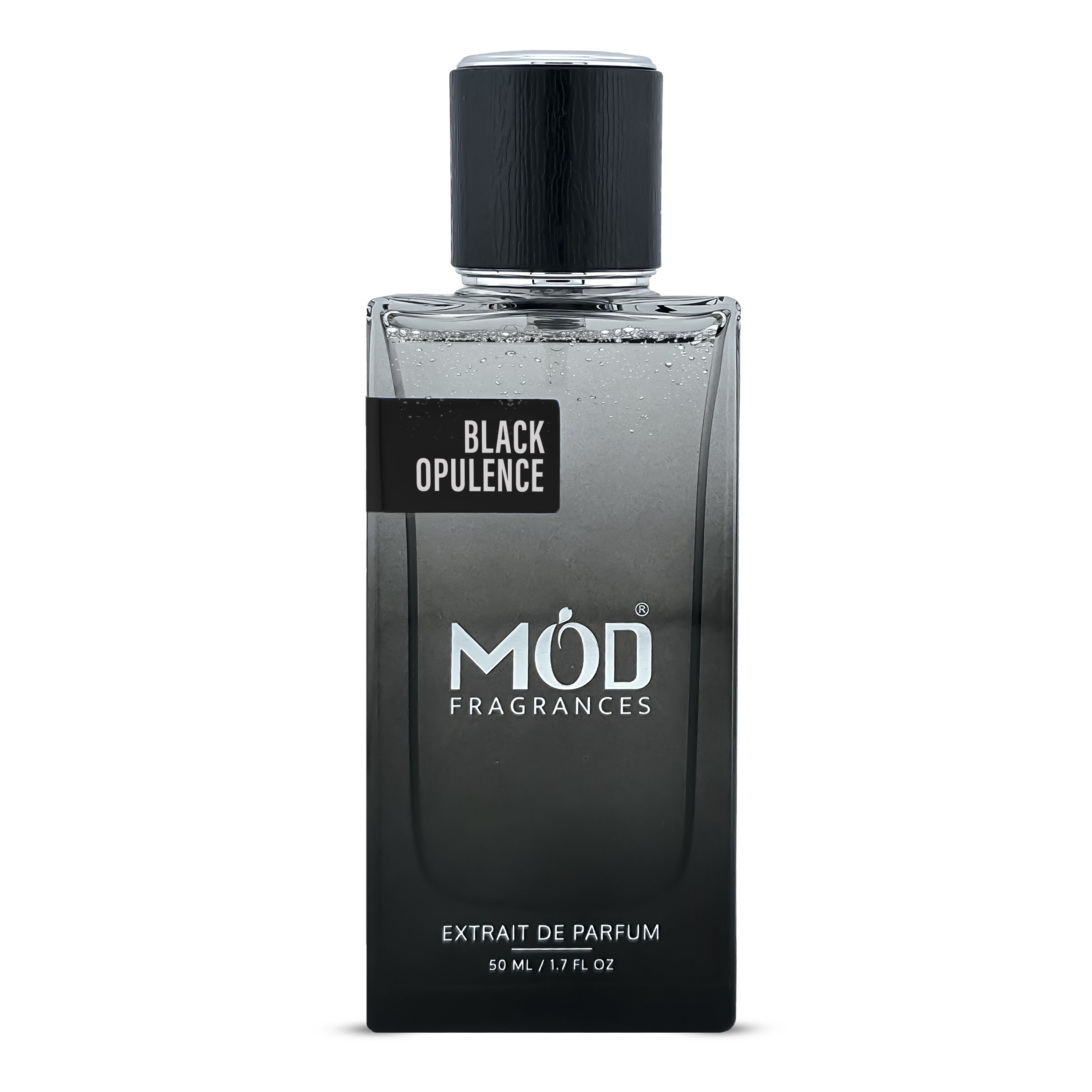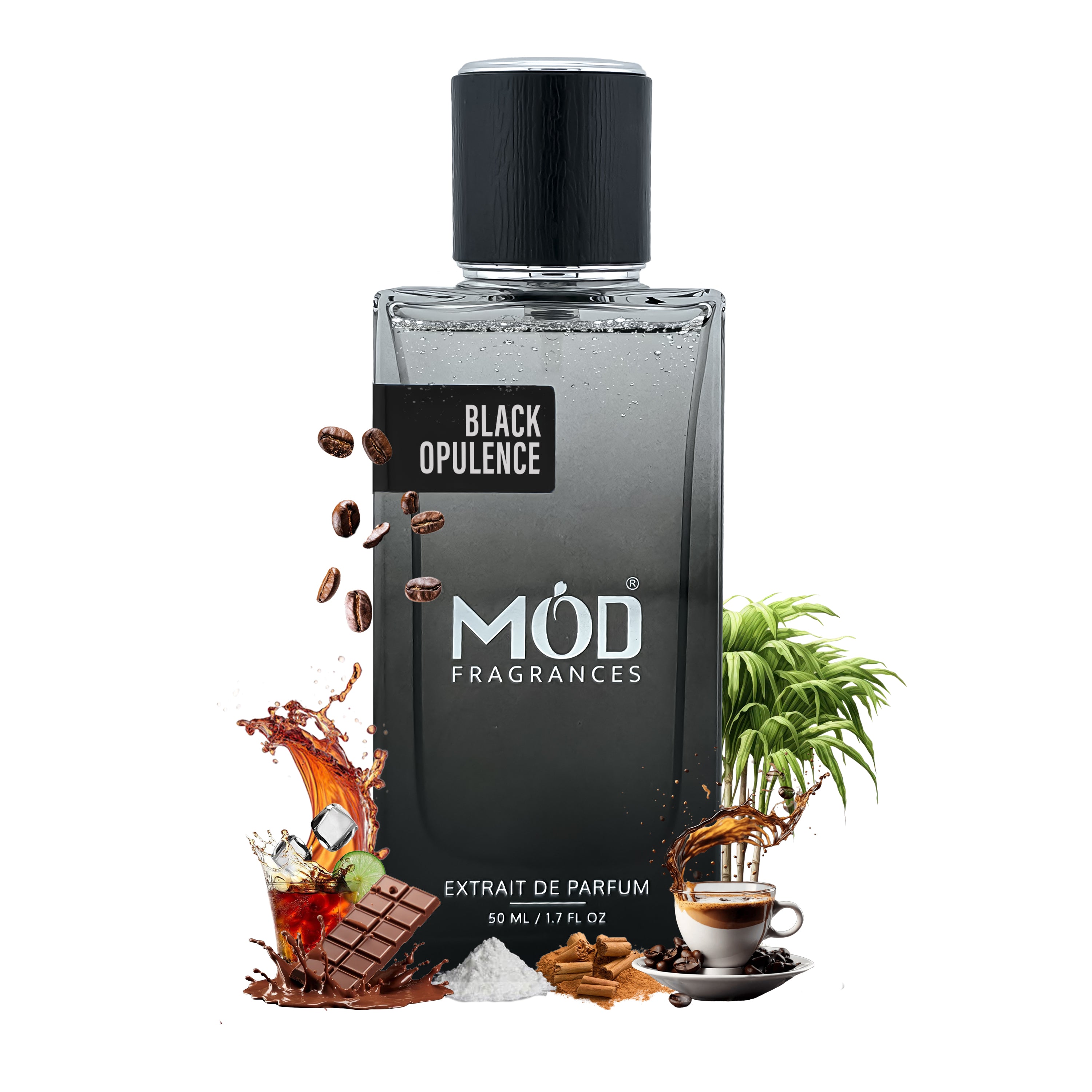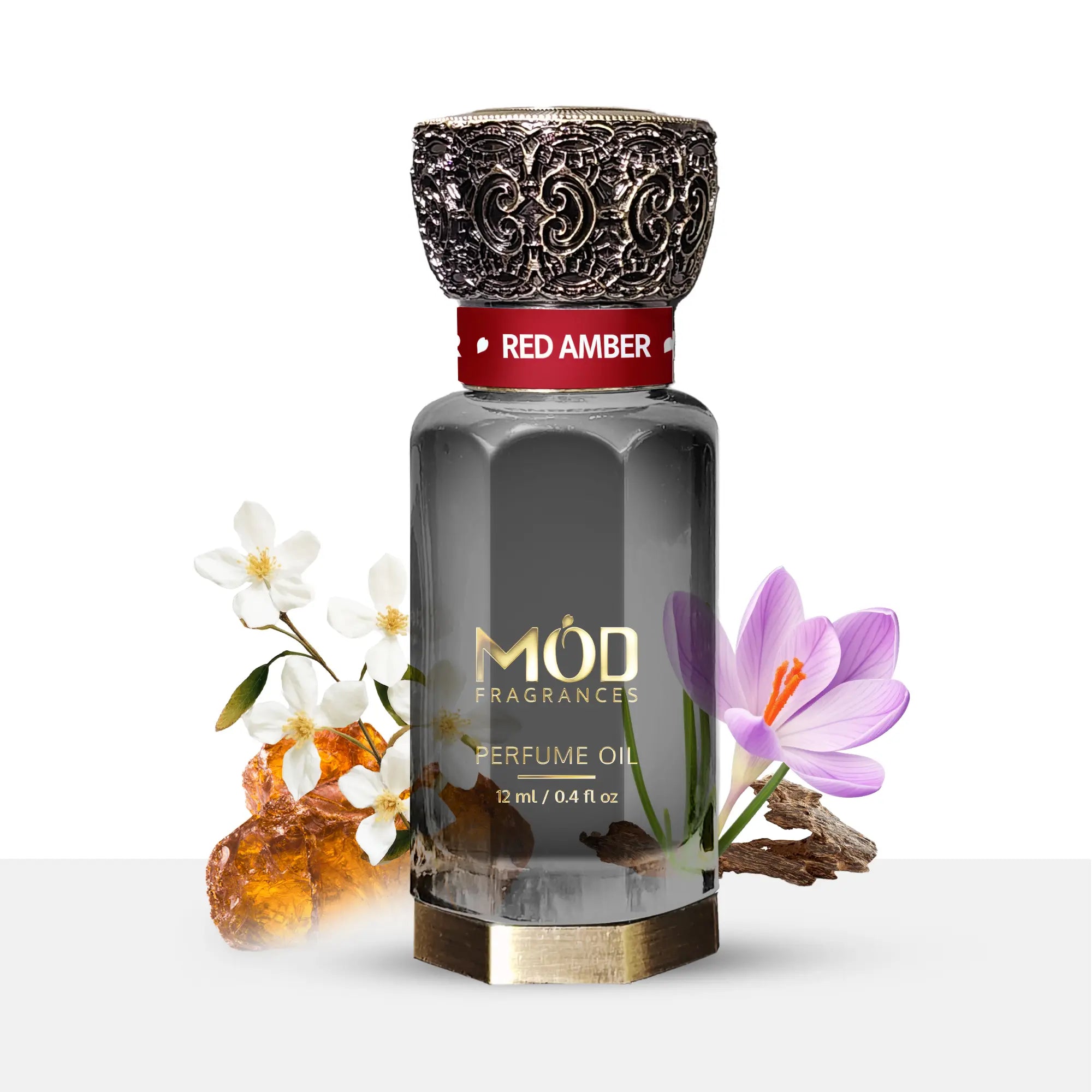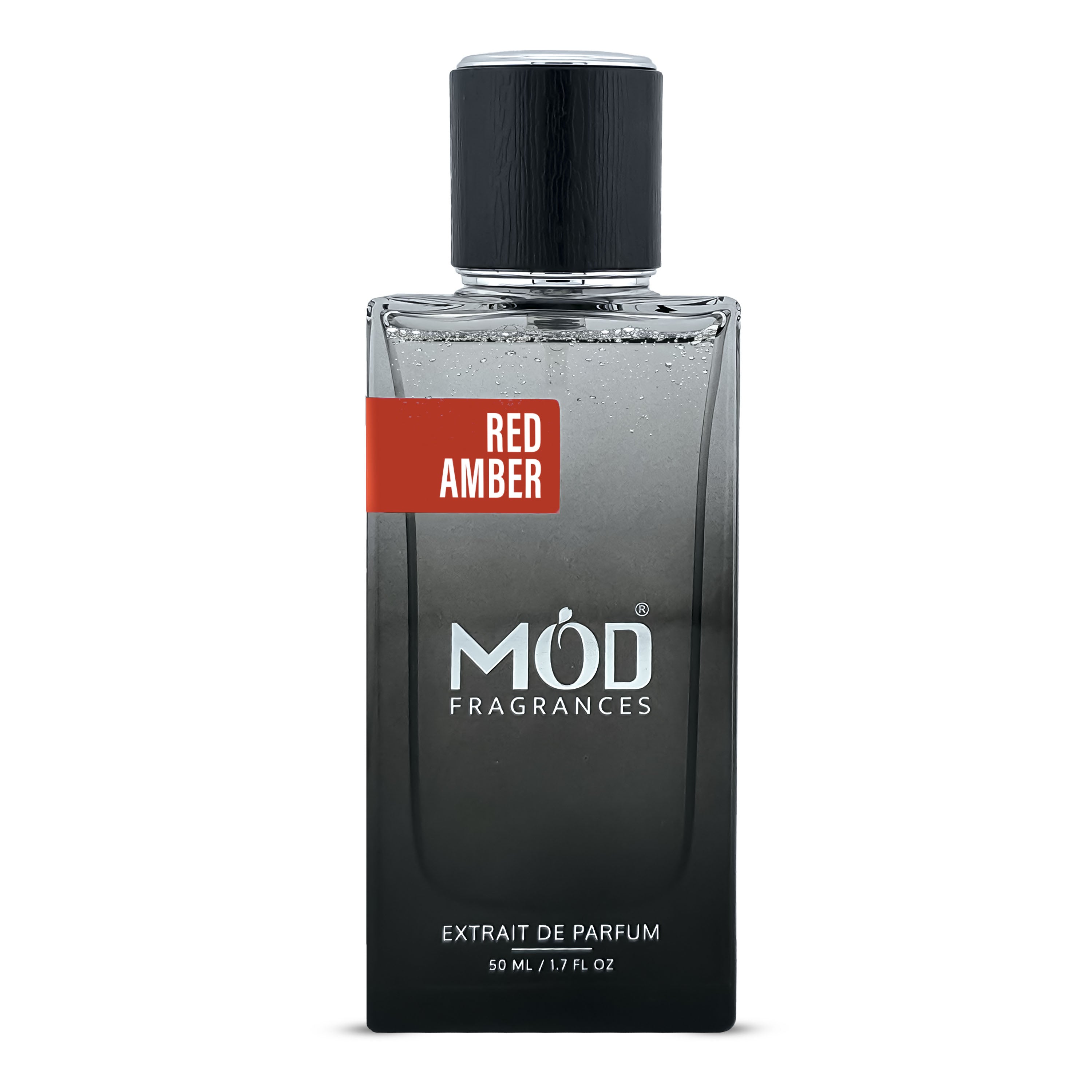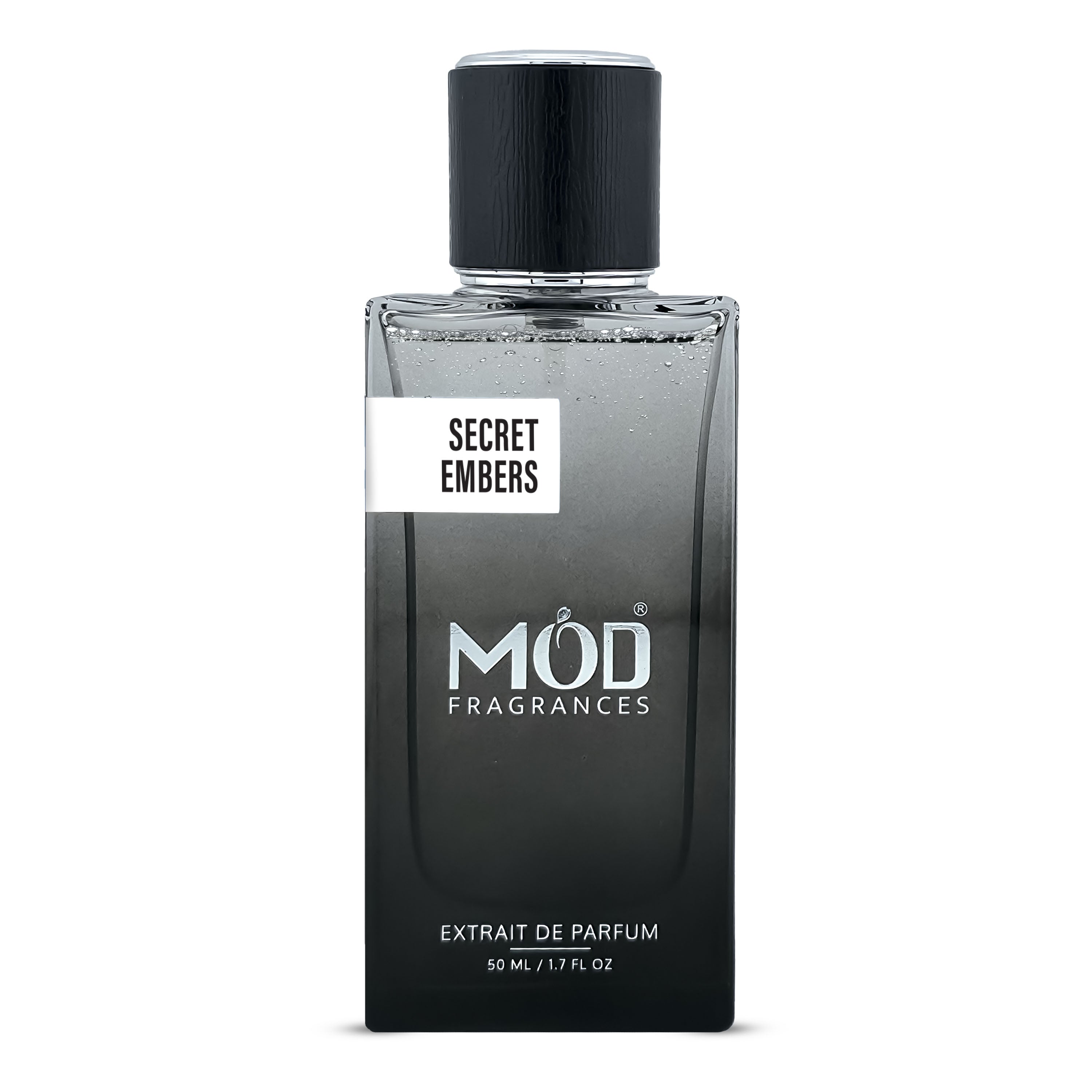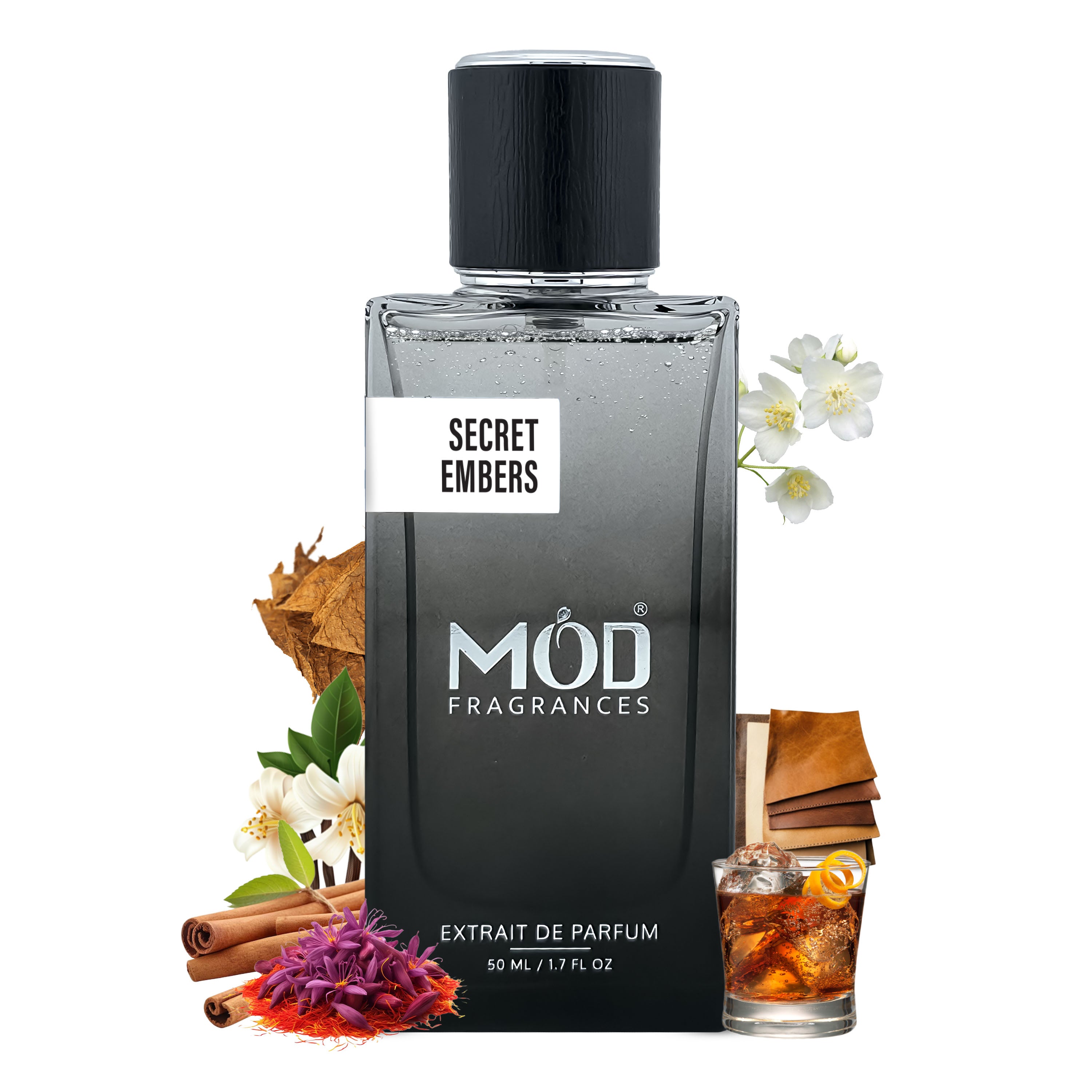
The Intriguing World of Inspired Perfume Brands: Unveiling Their Legality
Introduction:
The perfume industry is a realm of creativity, innovation, and inspiration. Over the years, the market has witnessed the rise of numerous perfume brands that draw inspiration from popular and iconic fragrances. However, questions often arise regarding the legality of these "inspired" perfume brands. In this blog post, we will delve into the intriguing world of inspired perfumes and shed light on their legality, proving that these brands are indeed legal and operate within the boundaries of intellectual property laws.
Understanding Inspired Perfume Brands:
Inspired perfume brands, also known as "dupe" or "alternative" brands, create fragrances that are reminiscent of popular and well-known scents. These brands aim to offer consumers affordable options that capture the essence and character of high-end perfumes, allowing them to enjoy similar olfactory experiences at a fraction of the price. Inspired perfumes utilize their own creative processes to recreate the aroma without infringing upon trademark or copyright laws.
Proving the Legality of Inspired Perfume Brands:
1. Intellectual Property and Perfume:
Intellectual property laws, including trademark and copyright laws, play a crucial role in protecting the creative works of perfume houses. Trademarks protect the brand name, logo, and other distinctive elements associated with a specific perfume, while copyright protects the creative expressions, such as the fragrance composition or bottle design. Inspired perfume brands respect and operate within the legal boundaries defined by these intellectual property laws.
2. Distinction between Original and Inspired Perfumes:
Inspired perfume brands make a clear distinction between their products and the original fragrances they draw inspiration from. They do not use the brand names, logos, or trademarked symbols associated with the original perfumes. Instead, they develop their own branding, packaging, and marketing strategies to establish a separate identity. By avoiding any direct association or misleading representation, inspired perfume brands maintain their legality and prevent trademark infringement.
3. Perfume Notes and Composition:
While inspired perfumes may share similarities with high-end fragrances in terms of scent profile, they do not replicate the exact formulas or compositions of the original perfumes. Perfume houses invest substantial resources in research, development, and proprietary techniques to create their unique fragrances. Inspired brands employ their own perfumers and utilize different combinations of fragrance notes and ingredients to craft their interpretations. This creative process ensures that inspired perfumes maintain their legal standing and avoid copyright infringement.
4. Consumer Demand and Market Dynamics:
Inspired perfume brands cater to a specific consumer demand for more affordable alternatives to high-end fragrances. They provide options for individuals who appreciate certain scent profiles but may not have the means or willingness to invest in the original perfumes. By offering these alternatives, inspired brands contribute to healthy market competition and consumer choice while respecting intellectual property laws.
5. Legal Precedence and Consumer Awareness
Inspired perfume brands have been in the market for decades, and their legality has been upheld in various legal cases. Courts have recognized the distinction between original and inspired perfumes, emphasizing the importance of protecting intellectual property while acknowledging the legitimate existence of alternative fragrance options. Consumer awareness also plays a crucial role, as informed buyers understand the differences and make conscious choices based on their preferences and budget.
Conclusion:
Inspired perfume brands have carved a niche in the fragrance industry, providing affordable alternatives to high-end perfumes while operating within the bounds of legality. By respecting intellectual property laws, maintaining distinction, and employing their own creative processes, these brands offer consumers a range of fragrance options without infringing upon trademarks or copyrights. As consumers, it is essential to be aware of these dynamics and make informed choices based on our preferences, budget, and understanding of the perfume market.



